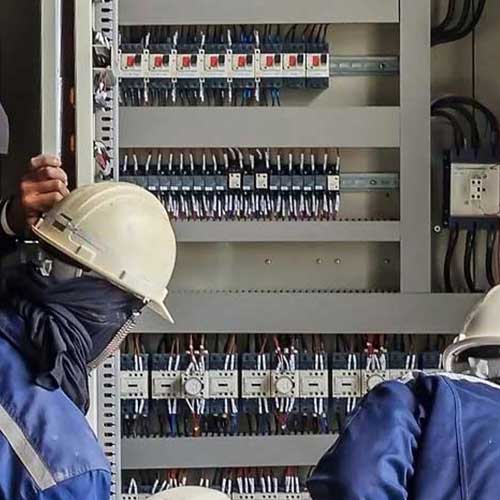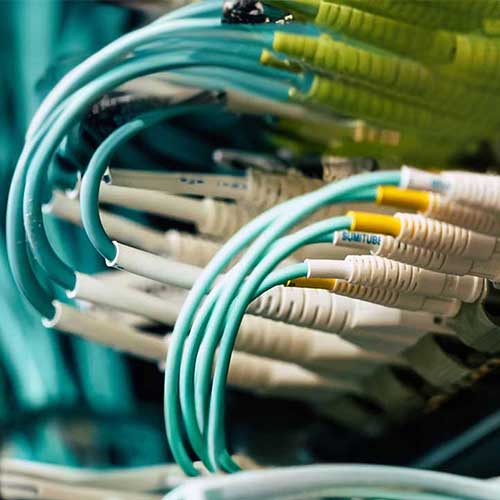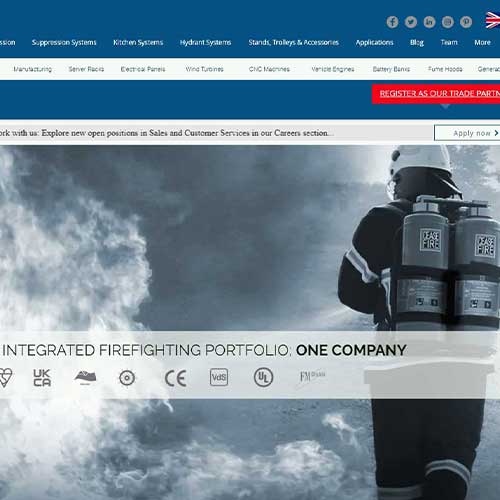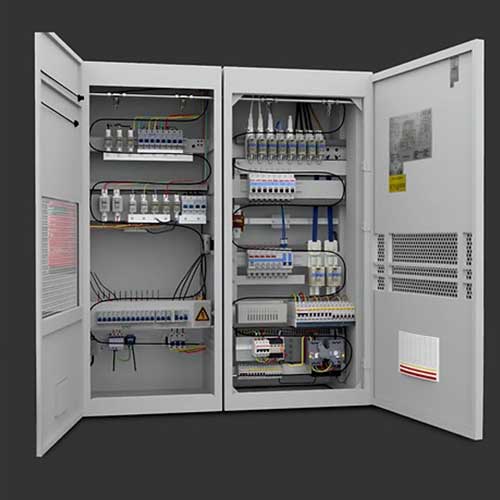Ceasefire: Manufacturers — NPHS-UK: Installers
Get a Quote
Get Your Quote
If you have any questions about fire suppression in the commercial kitchen, do not hesitate to contact us direct.
NPHS-UK are are the leading installers of effective Fire Suppression Systems throughout the UK.

Manufacturing units are the heart of industrial production, where raw materials are transformed into finished goods through a variety of processes and machinery. Despite their crucial role in the economy, these environments are inherently prone to fire hazards. The combination of high-powered equipment, flammable materials, and complex production processes creates a setting where the risk of fire is ever-present.
Electrical faults, overheating machinery, chemical reactions, and human error can all lead to devastating fires that endanger lives, disrupt operations, and cause significant financial losses.
Recognizing and mitigating the fire dangers in manufacturing units is essential to ensure the safety of workers, protect valuable assets, and maintain continuous production. A proactive approach to fire safety, encompassing prevention, detection, and emergency response, is critical in managing these risks and securing a safe manufacturing environment.
The total cost of fires in manufacturing premises in England in 2021/22 was £1.1 billion. This included the cost of damage to property, the cost of business interruption, and the cost of fighting the fires.
The Regulatory Reform (Fire Safety) Order 2005 requires manufacturing businesses to take reasonable steps to reduce the risk of fire and to ensure that people can safely escape in the event of a fire.
There were 17,874 fires in manufacturing premises in England in 2021/22.
To protect a manufacturing facility from fire, several key factors need to be considered and addressed. Here are the main aspects to be aware of:
By being aware of these factors and implementing comprehensive fire safety measures, a manufacturing facility can significantly reduce the risk of fire and protect both its employees and its operations.
Scroll through our supporting articles:







